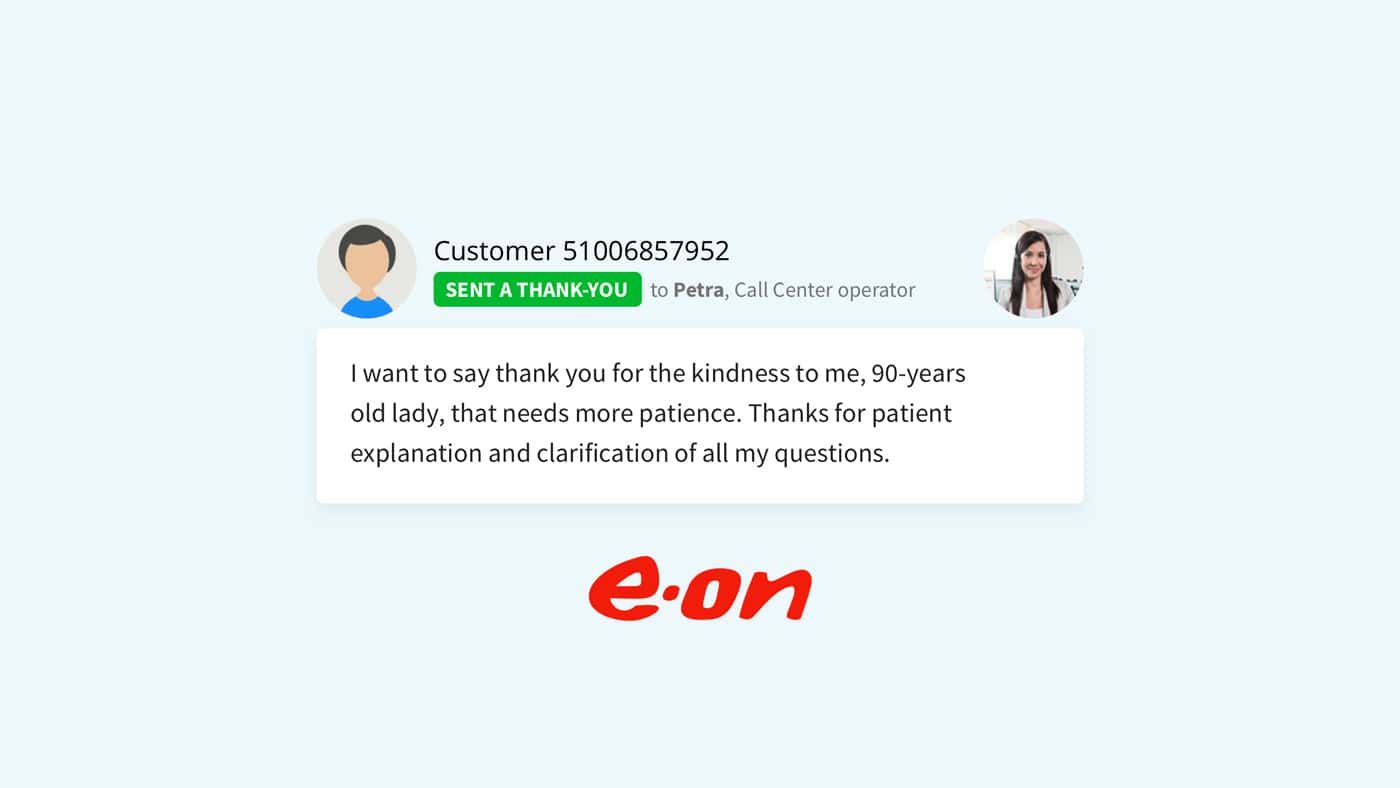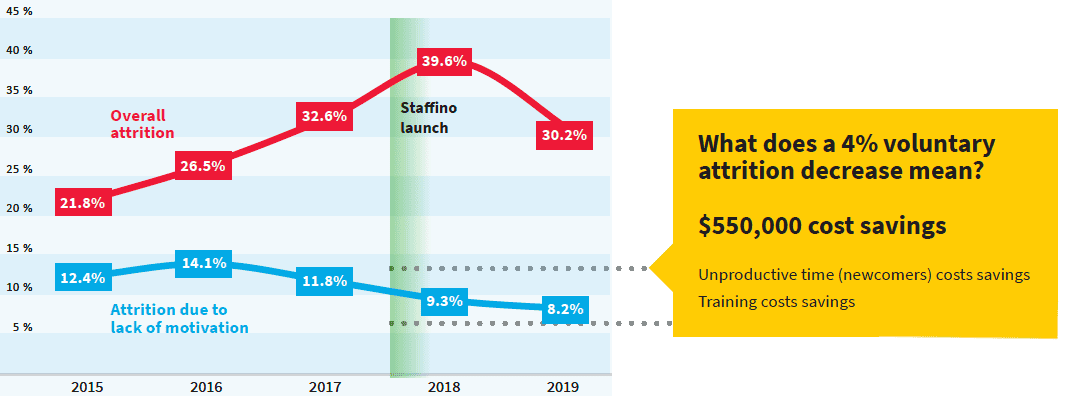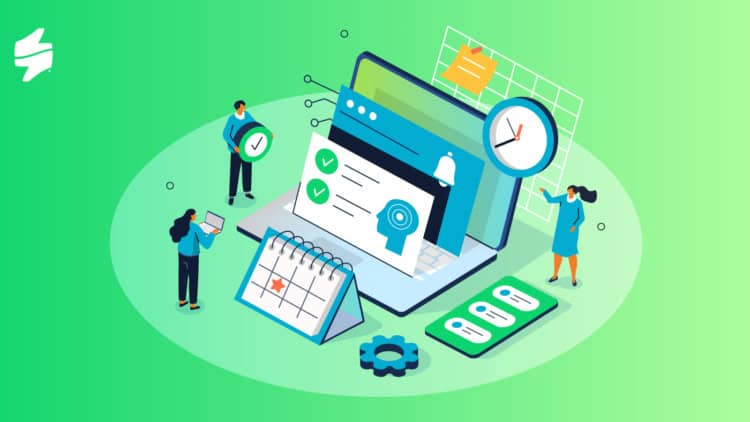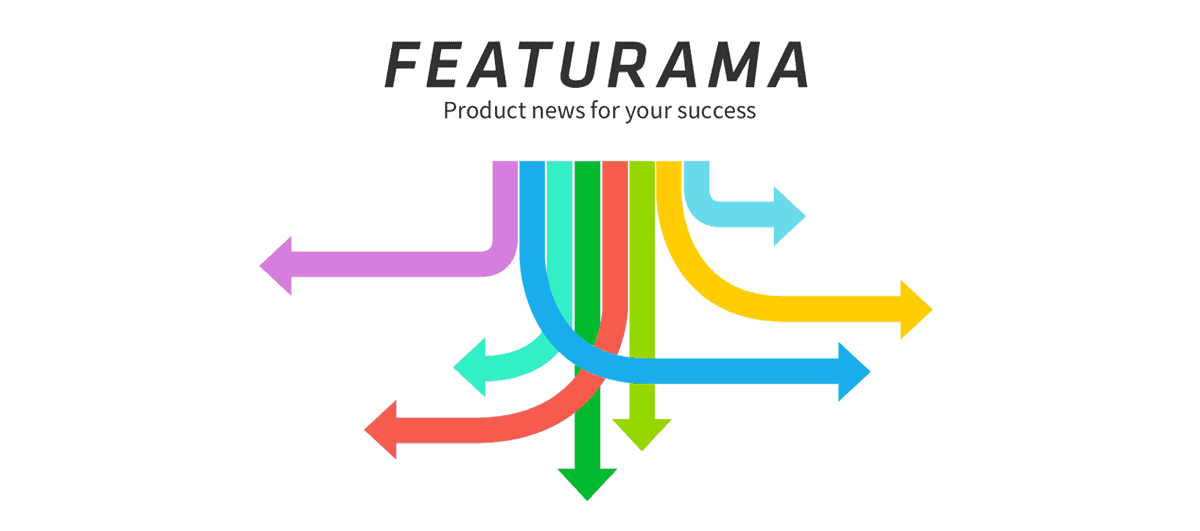In this digital world, the contact center experience stands as a critical touchpoint between businesses and their customers. It’s a multifaceted concept that encompasses every interaction customers have with a company’s contact center, from the initial call to the resolution of their concerns. This experience can significantly influence customer loyalty, satisfaction, and overall perception of a brand.
But what exactly is contact center experience, and how you enhance it to meet the ever-evolving expectations of your customers? In this comprehensive guide, we delve into the nuances of contact center customer experience, explore strategies for improvement, and highlight the role of employee motivation in delivering unparalleled contact centre experiences.
What is a Contact Center?
A contact center is a centralized office used to receive and transmit a large volume of requests by telephone and, increasingly, through other channels such as email, webchat, social media, and text messaging. It is the hub of interaction between a company and its customers, serving as a critical touchpoint for customer service, support, and sales activities.

Unlike traditional call centers that primarily handle voice calls, modern contact centers are equipped to manage communications across multiple channels, offering a more integrated and seamless customer experience. They utilize advanced technologies, including interactive voice response (IVR) systems, call routing, computer telephony integration (CTI), and customer relationship management (CRM) tools to handle inquiries and provide personalized customer interactions efficiently. By centralizing communication, contact centers play a crucial role in understanding customer needs, solving problems, closing the loop, and fostering strong customer relationships, thereby enhancing overall customer satisfaction and loyalty.

Transform Your Customers' Experiences
Create a bulletproof customer journey with tailored CX products and services that will foster loyalty and reduce churn.
What is Contact Center Customer Experience?
Contact center experience refers to the collective interactions a customer has with a company’s contact center, including voice calls, emails, chat, and social media communications.

It’s an integral component of customer experience (CX) that directly impacts a customer’s journey and their overall satisfaction with a brand. A positive contact center experience can lead to increased customer loyalty, while a negative experience can drive customers away.
Below are concrete examples of both a positive and a negative contact center experience, illustrating how these interactions can significantly impact a customer’s perception of a brand:
- Positive contact center experience example: Jane buys a smartwatch online, but it won’t sync with her phone. She contacts customer support and chats with Alex, who is warm and helpful. Despite troubleshooting efforts, the issue persists, so Alex arranges for a replacement watch and sends Jane a prepaid return label. Impressed by the quick, efficient, and friendly service, Jane feels valued and is likely to shop with the company again. She shares her positive experience on social media, influencing others towards the brand.
- Negative contact center experience example: Michael buys a coffee maker online, but it starts leaking after a few uses. He calls customer service, endures a long wait, and finally reaches a dismissive representative who directs him to the FAQ section without offering help. Requesting to speak with a manager leads nowhere as he’s told none are available. Frustrated with the lack of support and feeling undervalued, Michael vows never to shop there again and shares his negative experience on review websites and social media, warning potential customers.
These examples underscore how a positive contact center experience can turn a potentially negative situation into an opportunity to strengthen customer relationships, while a negative experience can have lasting detrimental effects on a brand’s reputation.
What Is Call Center Experience?
Contact center experience and call center experience are often used as synonyms, however, call center experience specifically refers to the customer interactions that occur via telephone calls within a customer service context.

It’s a subset of the broader contact center experience, which encompasses all channels of communication. The focus of the customer experience call center provides is on the quality, efficiency, and effectiveness of support provided over the phone. This includes aspects such as the ease of reaching a representative, the wait time, the clarity of communication, the helpfulness and knowledgeability of the customer service agent, and the overall resolution of the customer’s issue or query.
How to Improve Customer Experience in Contact Center?
Improving the customer experience in contact centers involves a multifaceted approach that focuses on efficiency, personalization, and proactive problem-solving. Here are some strategies to enhance the contact center experience:
1. Use Advanced Technologies
Implementing advanced technologies like AI-powered chatbots, predictive analytics, and CRM systems can streamline operations and provide personalized customer interactions.

- AI-powered chatbots can handle routine inquiries without human intervention, allowing human agents to focus on more complex issues. This not only speeds up response times but also reduces the workload on your staff.
- Predictive analytics can analyze customer interaction history to predict future needs or issues, enabling proactive service.
- CRM (Customer Relationship Management) systems centralize all customer interactions, providing a comprehensive view of each customer’s history, preferences, and issues, which enables personalized service.
2. Empower Your Agents
Providing comprehensive training and access to real-time customer data empowers agents to handle inquiries more effectively and deliver personalized service.

- Comprehensive training should cover not only the technical aspects of the products and services but also soft skills like empathy and problem-solving.
- Access to real-time customer feedback and data allows agents to follow best practices, personalize interactions and resolve issues more efficiently. Empowering agents also means giving them some autonomy to make decisions that can lead to better customer satisfaction without the need for escalation.
3. Focus on Omnichannel Service
An omnichannel approach ensures a seamless and consistent customer experience and transition across all channels, including voice, email, chat, and social media.
For example, if a customer starts a conversation via chat and then switches to a phone call, the agent on the phone should have immediate access to the chat history. This continuity improves the contact center customer experience by making interactions more efficient and personalized.
4. Solicit and Act on Customer Feedback
Regular customer surveys, feedback forms, and social media monitoring can provide valuable insights into customer satisfaction and areas for improvement.
However, collecting feedback is only the first step; acting on this feedback is crucial. Therefore, it’s smart to implement a complete customer experience platform that shows your customer survey results and CX metrics in real time on CX dashboards. So, if you see a job post for a Contact Center Manager again, and wonder what is experience with contact center management reporting, this is it! Staffino’s AI-powered CX dashboards will do the reporting job for you.

Based on the insights, you can then plan operational changes, adjust customer service policies, or provide additional training for agents. Demonstrating that you value and respond to customer feedback, i.e. close the loop, can also enhance customer loyalty and trust.
Here are some common questions that can be included in a client satisfaction survey to evaluate and improve the performance of a contact center:
- On a scale of 1-10, how would you rate your overall satisfaction with our customer service today?
- Were we able to resolve your issue or answer your query in a single interaction?
- How would you rate the knowledge and professionalism of our customer service representative?
- How would you rate your satisfaction with the wait time before your call was answered?
- How satisfied are you with the resolution provided to your issue or query?
- How easy was it to get in touch with our customer service team?
- How clear and understandable was the information provided by our customer service representative?
- Did you feel that our service was personalized to your needs?
- Based on your experience, how likely are you to recommend our services to a friend or colleague?
- What is one thing we could do to improve our customer service?
Including these questions in your client satisfaction surveys can give you a thorough insight into the customer experience at your contact center. If you find it challenging to create your questionnaire, feel free to take advantage of our customer experience consulting services.
5. Monitor and Enhance Call Quality
Continuous monitoring and evaluation of call quality can help identify training needs and ensure high standards of customer service.
Call quality monitoring involves evaluating interactions between agents and customers to ensure that communication is clear, professional, and effective. This can be achieved through regular listening to calls, reviewing chat transcripts, and using software that analyzes speech patterns and sentiment. Feedback from these evaluations can then be used to identify training needs or as a base for rewards and recognition for high-performing agents. Enhancing call quality not only improves the customer experience but also helps in identifying trends and issues that may require systemic changes.
Take our client, E.ON, for example. E.ON’s call center faced declining customer satisfaction, prompting them to use Staffino’s CX platform for analysis. Discoveries showed customers preferred shorter calls.

Implementing a new call script, setting a new AHT KPI, and enhancing agent training and quality monitoring led to annual savings of €130,000, 18% more productive time reallocated, a 2% increase in first call resolution (FCR), and a 3% boost in customer satisfaction (CSAT).
Employee Motivation Tips for Your Contact Centre
Ensuring that your contact center staff is highly motivated is not just beneficial; it’s essential for delivering an outstanding customer experience. Motivated employees are more engaged, provide better service, and contribute to a positive workplace atmosphere, which in turn reduces turnover rates and increases customer satisfaction. In this section, we explore why motivated employees are vital for CX and how to motivate employees in a contact centre effectively.

Why Motivated Employees Are Necessary for Good Customer Experience
- Enhanced customer interactions: Motivated employees are more likely to go the extra mile to solve customer issues, leading to more positive customer interactions and improved satisfaction ratings.
- Increased productivity: A motivated workforce is more efficient, managing more calls and resolving issues faster, which contributes to the overall productivity of the contact center.
- Lower attrition rates: High motivation levels are associated with lower employee turnover, which is crucial in contact centers where training new staff can be costly and time-consuming.
- Positive workplace atmosphere: Motivated employees contribute to a positive working environment, which can be infectious, boosting the morale of the entire team.
How to Motivate Employees in a Contact Centre
The following employee motivation tips have been highly effective with our clients:
1. Employee recognition: Regularly recognizing and rewarding employees for their hard work and achievements can significantly boost motivation. This could be through formal awards, employee gamification, public acknowledgements, or performance-based bonuses.

2. Career development opportunities: Providing clear career paths and opportunities for professional development can help employees feel valued and invested in their roles. This includes offering training sessions, workshops, and the chance to gain new qualifications.
3. Employee empowerment: Giving employees a degree of autonomy to make decisions in their day-to-day work can increase their sense of ownership and responsibility, leading to higher motivation levels.
4. Positive feedback: Constructive and positive feedback, especially when delivered in real-time, can help employees feel appreciated and motivated to maintain high performance levels.

5. Work-life balance: Promoting a healthy work-life balance, including flexible working arrangements, can help reduce burnout and keep employees motivated.
6. Employee engagement initiatives: Regular team-building activities, social events, and engagement initiatives can foster a sense of community and belonging among staff, boosting their motivation.

Give Your Employees the Recognition and Motivation They Deserve
Does your team need a little extra motivation? Our platform provides powerful insights into your team’s performance and various recognition tools that help ensure everyone feels appreciated.
Call Centre Employee Motivation in Practice
Our telco client, Orange, faced significant challenges with employee attrition at their call center, primarily due to a lack of motivation and engagement. Recognizing the need for an effective employee motivation management program, the Slovak branch of Orange implemented Staffino.

The results speak for themselves.
- Reduced attrition rate: Before Staffino, the attrition rate at Orange’s call center was 14.1%. After two years of utilizing our CX platform, the annual attrition rate significantly dropped to 8.2%.
- Cost savings: The reduction in attrition rates led to approximately €500,000 of savings on unproductive time and training costs, equating to total annual savings of 7% based on yearly labor costs.
- Increased employee engagement: By leveraging Staffino’s employee engagement tools, Orange was able to identify key drivers of employee dissatisfaction and implement targeted strategies to boost morale and engagement.
This case study underscores the profound impact that a focused employee motivation strategy can have on reducing attrition rates, enhancing customer experience, and achieving significant cost savings. Investing in employee motivation is not just about creating a happier workforce; it’s a strategic move that can lead to better customer service, improved performance metrics, and, ultimately, a stronger bottom line for your business.
Enhance Your Contact Centre Experience Today!
The contact center experience is a vital aspect of customer service that can significantly influence a customer’s perception of a brand. By understanding the importance of this experience and implementing strategies to enhance it, you can ensure your customer service meets and exceeds customer expectations.
Staffino’s contact centre experience solution can provide the tools and insights needed to continuously improve your contact center customer experience and employee motivation, driving customer satisfaction and loyalty to new heights. In the end, investing in a superior contact center experience is not just about resolving customer issues efficiently; it’s about building lasting relationships that contribute to long-term business success.
Book our free demo to see Staffino in action and discover how it can transform your contact center!

Get a First-Hand Experience Today!
Staffino is the perfect tool for creating engaging surveys, tracking performance, responding to customer feedback, and rewarding top employees. Get started today with our FREE demo!





